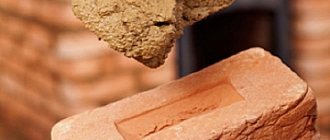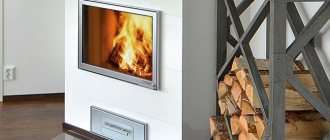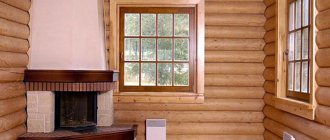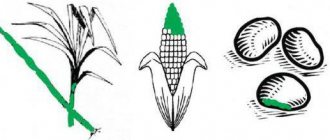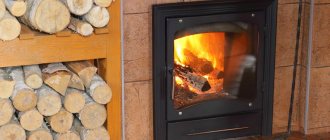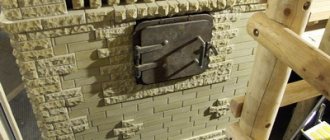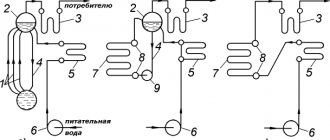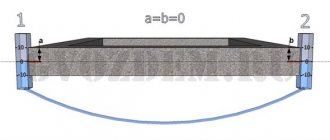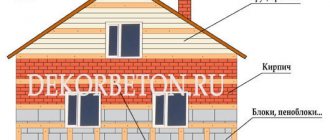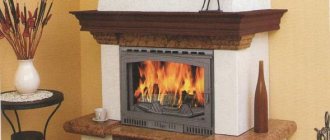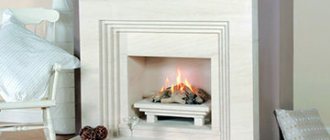Definition of Heat Resistant Adhesive
As the name suggests, the product must withstand high temperatures.
Such adhesives are made based on epoxy resin and various additional components: plasticizers, setting time regulators, modifiers, sulfur and others.
They produce both ready-made and powder heat-resistant compositions containing epoxy and metal chips or other mineral additives.
Heat-resistant compounds are used as tile adhesives, as well as for bonding glass, tile, wood, metal or plastic surfaces.
There are also universal products; they are convenient because they can be used on all surfaces of fireplaces, as they have high decorative qualities.
Kinds
The properties of a heat-resistant mixture are determined by their composition. Main types of heat-resistant glue:
- For installation of a heated floor system. Such products can withstand temperatures up to 50 degrees. This type of glue is not suitable for lining stoves and fireplaces.
- For finishing fireplace and stove structures. This type of composition can easily withstand temperatures up to 1200°C.

In addition, heat-resistant mixtures can have different release forms:
- Liquid composition. This hot melt adhesive has a jelly-like structure. Most often, these materials are ready for use immediately after opening the package.
- Powder. Before use, you need to prepare an adhesive solution from the powder. To do this, you should use the instructions that should be on the packaging.
The difference between heat-, fire- and heat-resistant glue
Most often, experts prefer universal types of glue. This allows you to speed up the progress of work and satisfy all the customer’s needs. If we consider each type of glue separately, we can highlight the following features:
- Heat-resistant - able to easily withstand prolonged exposure to temperatures up to 140°C.
- Heat-resistant adhesive - can withstand temperatures up to 1000°C.
- Fireproof mixtures - withstand exposure to open flame for at least 3 hours. Such compositions are highly resistant to chemicals.
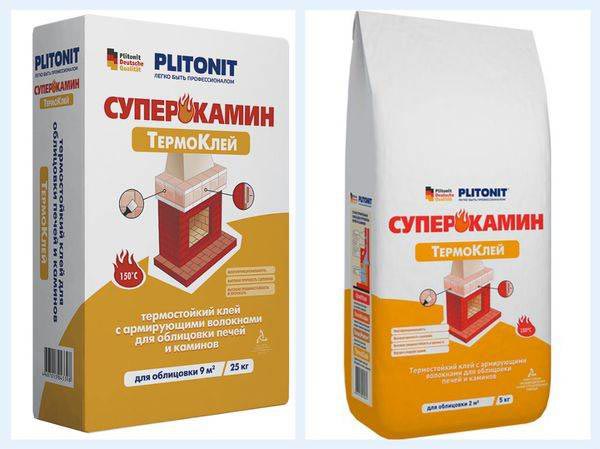
Glue for laying the base of the fireplace
Fireplace adhesives may contain cement, clay and sand. They are less elastic than other types, so it is not advisable to use them for cladding purposes.
Under the influence of high temperatures, the shape of substances changes - they expand. When cooled, they narrow again.
If the materials have the same composition, then their contraction/expansion ratio will be similar, which minimizes the risk of cracks.
Fireproof adhesive for fireplace cladding
If the fireplace needs to be finished with stone or tile products, you can use a special glue, which contains predominantly minerals that provide increased adhesion and elasticity.
The use of such mixtures allows us to minimize the risk of tiles (ceramic tiles) falling off during subsequent operation of the stove.
To adjust the surface of fireplace and stove structures, soapstone powder based on liquid glass is often used. Such compositions are called Finnish and have increased heat transfer, so the fireplaces for which it will be used for lining will quickly heat the room.
In addition, Finnish hot-melt adhesive mixtures are extremely plastic when exposed to high temperatures.
Where are heat-resistant adhesives used?
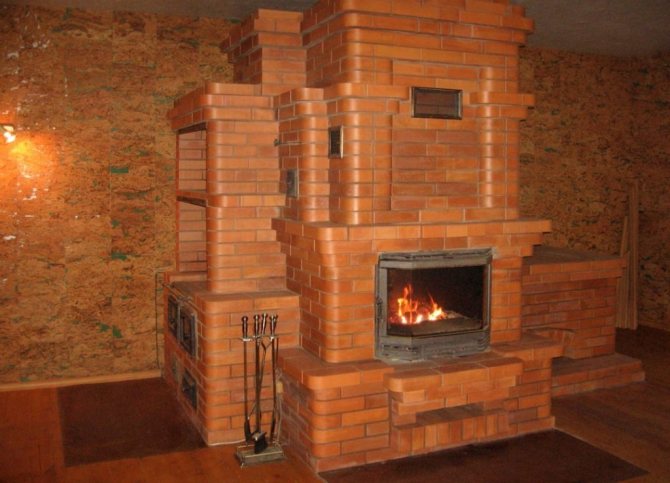
In a wide range of different products for furnace work, you can find glue for working with any material and for use in any conditions.
Heat-resistant adhesives are used on heated surfaces, as well as on plastic, ceramic, metal, graphite, rubber and other substrates.
They earned their popularity partly due to technological stability.
Even a beginner can perform work using such products without mastering professional application techniques.
Today's heat-resistant adhesives don't require mixing like clay to ensure there are no lumps. Fireproof heat-resistant compounds can be used for laying the entire structure.
Heat-resistant adhesives can be used for cladding and decorating fireplaces, muffle and fire furnaces, and forges. Heat-resistant compounds work equally well on horizontal and vertical bases.
There are environmentally friendly and safe products that are allowed to be used for gluing dishes. Heat-resistant adhesives are suitable for repairing ovens, heating units, kitchen hobs and sealing cords.
What to choose as glue
Those who have not yet gained experience in masonry related to stoves or fireplaces, but have decided to do all the work themselves, will be surprised by the incredible variety of materials that are presented by various manufacturers. But such diversity will not benefit the visitor, because the more alternative options, the more difficult it is to make a choice.
The main characteristics of the mixtures and methods of their preparation are written on the packaging. But only a professional can use this data correctly. It remains to focus on popular brands that have proven themselves to be high-quality universal products.
- Heat-resistant “Terracotta” adhesive is recommended for cladding work due to its high adhesion. It adheres well to tiles and decorative stones. Withstands temperatures up to 250°C degrees, but is destroyed under high mechanical loads. Not suitable for laying lower rows. Heat-resistant masonry mixtures can also be found under the Terracotta brand.
- If finishing is not planned, then brick laying should be done so that the mortar layer is as minimal as possible. Then the appearance of the masonry will be an original design discovery. Highly elastic Profix adhesive is suitable for finishing with various materials and can act as masonry mortar. Using it, it is convenient to make thin seams between bricks.
- The universal solution “Scanmix Fire”, which is positioned as heat-resistant, will help you build a brick fireplace or stove. Products from the Finnish company are in demand among professional stove makers. Its temperature limit reaches 1200°C degrees.
- In most cases, independent work is carried out with certain errors, which have to be corrected by cladding. But everyone knows that gluing tiles requires a perfectly flat surface, which a beginner cannot create. Ceresit Flex CM 16 adhesive differs from its analogues in that it allows work to be done on uneven surfaces. It is packaged and sold in paper bags and has an affordable price. The weight of the bag is 25 kg. “Ceresit Flex CM 16” is often asked by novice craftsmen on the advice of more experienced ones.
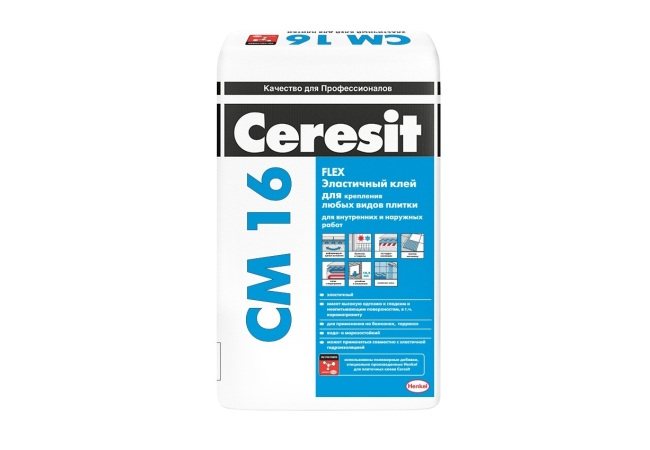
A separate group includes materials that allow you to work with metal surfaces. This is relevant in the modern world, since a significant part of fireplaces have metal fireboxes or bodies, which also need to be finished.
- Dow Corning Q3-1566 has a high degree of elasticity because metals expand very strongly. And although its maximum temperature is 350°C degrees, it does not “drain” from the surface, as happens with a number of its brothers.
- Belife Silicone is positioned as a sealant. But it is often used as a masonry mortar. The main purpose is for repair work.
- PENOSIL Premium +1500 justifies its high cost with a wide range of surfaces to which it is applicable.
After a theoretical description of all characteristics, it is necessary to apply the knowledge in practice. To do this, you will have to list all the criteria that need to be taken into account. First, you need to decide on the purpose of using the glue. Will it be used for masonry or cladding?
Read the composition of the mixture carefully and pay attention to the temperature restrictions. Calculate the surface area and, knowing the consumption according to the documentation and packaging, determine the amount of material and its cost
Evaluate the popularity of the manufacturer's brand.
Variety of adhesives
Adhesives are used and work in a wide range of temperatures. There are compositions for various temperature conditions
- Heat-resistant compounds will withstand temperatures ranging from -30 to +300 degrees
- heat-resistant adhesive will withstand exposure from +140 degrees
- The fire-resistant product will last 180 minutes without loss of quality and without chemical interaction with fuel particles of the flame.
- fireproof material can come into contact with fire without time restrictions
- heat-resistant (heat-resistant, heat-resistant) glue can heat up to +1000 degrees
Mineral substances that have the highest heat resistance - a cement-clay base with the addition of fireclay fiber and sand as a plasticizer - are used for brickwork in kilns. Withstands heating up to +1200 degrees.
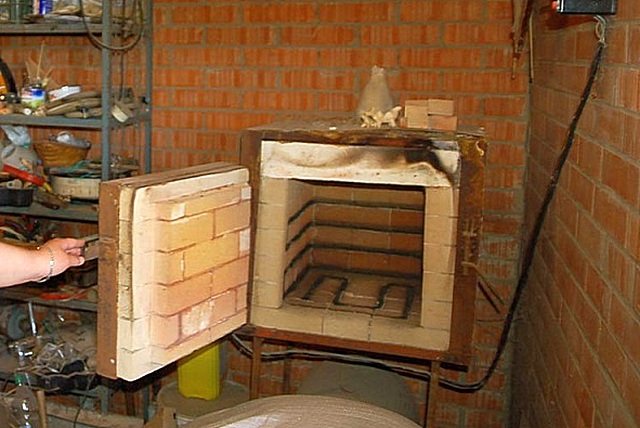
The disadvantage is the low quality of the clutch. Plus - inexpensive aluminosilicate cement and kaolin with additives from quartz sand and liquid glass provide heat resistance at temperatures up to +1360 degrees.
Adhesion indicators are better than those of cement-clay bases, but the composition is not particularly plastic.
Used for finishing tiles and porcelain stoneware on fireplaces and stoves, aluminosilicate cement with potting stone (soapstone flour) is quite an expensive product, but this is justified by the high quality of adhesive joints, high adhesion rates and resistance to temperatures up to +1500 degrees.
The composition is capable of converting short-wave and, as a result, hard thermal radiation into soft long-wave radiation. It interacts well with any materials in finishing and stove work.
DIY oven glue
It is quite possible to prepare adhesive for lining stoves and fireplaces yourself at home. The main thing here is good clay of normal fat content and fine mountain or ravine (not river rounded) sand. For a beginner, it will be most convenient to determine the fat content of the original clay using a “sausage”, on the left in the figure, a rope of it 2-3 cm thick. The rolled “sausage” is allowed to dry in the shade until a crust forms on the rope, does not stick to the fingers and sag when lightly pressing with the end of a match or toothpick.
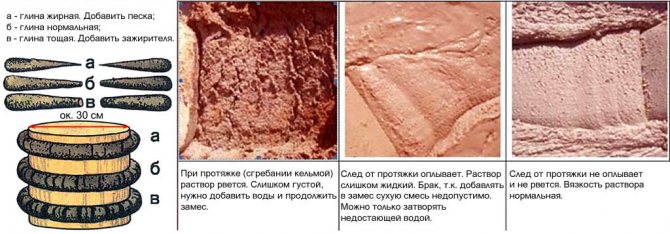
The well-known determination of the fat content of clay by breaking a rope without experience gives a very ambiguous result. For a beginner, it will be more accurate to determine the fat content by turning the blockhead with a tourniquet:
- Only the crust on the rope breaks randomly - the clay is too greasy.
- The rope more or less regularly breaks no more than 1/3 of the thickness - the clay is normal.
- The rope often breaks more than 1/3 of the thickness or falls apart - the clay is thin.
Natural clay thickener can be prepared from it:
In a trimmed PET bag or other
pour 1/5-1/4 dry finely ground clay into a transparent container. Cover to the top with water, stirring continuously, and stir thoroughly. When sediment begins to fall, the top 1/3-1/2 of the pulp (clay milk) is carefully poured into another vessel through a hose, without shaking or pushing the vessel. Allow the clay milk to settle completely. The sediment will be the fattening agent.
Homemade tile adhesive for stoves has a different composition depending on the facing material used. For tiles no thicker or larger than regular tiles, a simplified recipe will do: normal clay-Portland cement from M 400-sand 1:1:3. The dry mixture is mixed with water, kneaded until the desired fluidity (right in the figure) and a glass of table salt is added to the bucket of the finished solution. For tiles, porcelain stoneware and tiles larger than 15x15, a more complex composition is needed. First make the dry mixture:
- Portland cement from M400 – 1 part.
- Finely ground chalk – 1 part.
- Mountain or ravine sand fraction up to 0.25 mm – 3 parts.
The components are mixed dry. Next, prepare a pulp with the consistency of kefir or yogurt from 1 part of normal clay and mix it into the dry mixture, stirring continuously. In this case, you only need to knead by hand with a trowel, because... When kneading with a mixer, the mixture separates. The same thing begins within half an hour after mixing, so you need to prepare the working solution in small portions. During mixing, the fluidity of the working solution is continuously monitored. Add 1 part of liquid glass to the solution brought to the required fluidity. After finishing, the stove/fireplace can be started no earlier than after 30 days at a room temperature of +15 and no earlier than after 20 days at +20 in the room. The process, of course, is labor-intensive and requires care, but with such a solution you can improve an existing stove without even removing the old plaster from it to the brick, see the following example. video:
Video: finishing the stove with tiles using homemade glue
Discussion of the topic “Glue for stoves and fireplaces”
Several methods are used to fasten metal parts: welding, mechanical connection or gluing. The latter involves a point impact on the surface to achieve maximum mechanical strength. The possible thermal effect on the joint is also taken into account. For such work, you need to use heat-resistant metal adhesive rated at least 300 degrees.
Quality criteria for heat-resistant adhesives
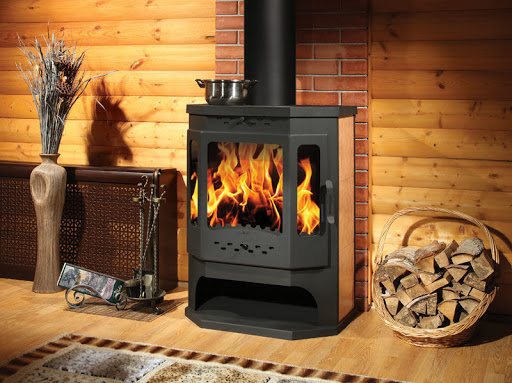
- resistance to high temperature heating
- resistance to sudden drops in temperature (special adhesives must be frost-resistant)
- moisture resistance - the adhesive joint should work even at high humidity and should not be damaged by contact with water
- gas tightness
- ability to form an elastic, durable and wear-resistant seam
- heat exchange
- environmental friendliness
- safety
There is another important indicator - the coefficient of thermal expansion of the adhesive joint after polymerization. It should be opposite to the same parameter of the base material.
It is impossible for these criteria to coincide, since the adhesive joint must be plastic at any thickness. To avoid unpleasant surprises, manufacturers indicate on the packaging recommendations for use with certain materials.
The finishing adhesive must have optimal viscosity. If it is too high, he will not be able to firmly attach the facing material to a vertical or highly sloping surface.
Glue that is too liquid and sticky will simply drain from the surface along with the finish.
Choosing heat-resistant adhesive for masonry stoves and fireplaces
Adhesive for masonry stoves and fireplaces can withstand on average from 850°C to 1200°C. In some cases, up to 1400°C and even higher. The packaging always indicates whether the adhesive is intended for laying an open firebox or not.
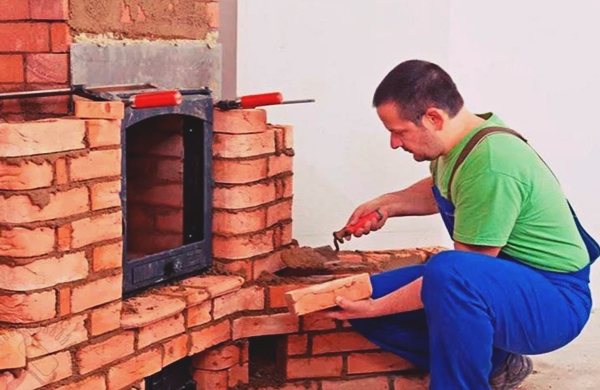
The composition includes special additives, plasticizers, additives that provide strength and heat resistance. The mixture retains its working properties and remains viable for 60 minutes.
Criterias of choice
When buying heat-resistant adhesive for stoves and fireplaces, a person needs to take into account the following criteria:
- Frost resistance. Due to negative temperatures, the glue may crack. Therefore, this indicator is important if there is a possibility that residents will not live in the premises permanently in winter;
- Operating mode of the stove or fireplace. If they are often melted and then extinguished, then the load on the masonry material will be greater than with continuous operation of the device;
- Ability to withstand additional loads.
Based on these criteria, you can choose adhesive for stoves and fireplaces. From a huge assortment, you need to choose the masonry mortar that best suits the operating conditions.
Top 5 brands
The most popular brands of masonry adhesive are:
- Terracotta is a dry mixture of gray color. The solution is very plastic. After applying the glue, you can adjust the position of the laying material for another 15 minutes.
- Scanmix Fire (gray) – withstands up to 1200°C. It is resistant to cracks in seams, hardens quickly, is environmentally friendly and has a high degree of adhesion.
- Polymine is resistant to negative temperatures and moisture. Used for substrates that may be subject to deformation.
- Ceresit Flex CM 16 is safe, flexible and prevents deformation of the laying material. A distinctive feature of the mixture is that uneven material can be laid on it.
- Master “Peach” - withstands short-term exposure to 1200°C. The mixture is resistant to moisture and frost. The solution is plastic and durable. It can be used for laying outside and inside the stove.
To make the installation of the firebox cheaper, you can prepare heat-resistant glue with your own hands. The main thing is to follow the proportions at the rate of 1:1:3:1 (cement, clay, sand, chalk), and also add a little water for viscosity and elasticity.
Pros and cons of heat-resistant products

The clear advantages of these heat-resistant adhesives include
- the opportunity to purchase glue at any construction or household goods store at a low price
- quick drying (for some products) – from half an hour
- no special equipment required
- no special knowledge or skills required
- no need to completely dismantle the structure
- there is no need to level or otherwise process the seam - the mixture is distributed independently
- You can combine materials of homogeneous and different structures
The disadvantages include
- high cost of the product and, as a result, an increase in the budget for repairs
- To carry out major repairs, sometimes you will have to use electric arc welding, since glue is not always able to cope with large-scale damage
- inconvenience when working with large surfaces
- high demands on the substrate surface (cleaning, drying, structure)
- You need to work quickly - due to the speed at which the glue thickens, you may not have time to correct the position of an incorrectly placed part.
Classification of heat-resistant adhesive compositions
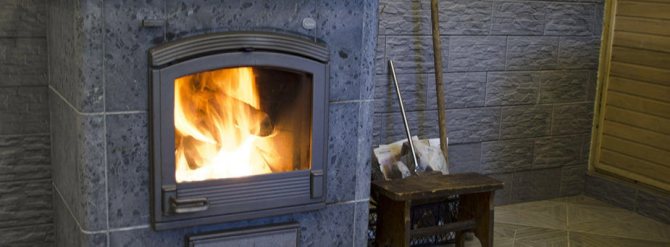
Products designed to work with heated surfaces are conventionally divided into several categories.
The first is adhesives that can withstand heat up to 1000 degrees Celsius. They are used for cladding work on stoves, fireplaces, cooking and heating appliances.
The second group is products that are used in “warm floor” systems. They can withstand temperatures up to +140 degrees.
The third group includes small packages of transparent or matte adhesives that are used to repair heating products in everyday life.
The basis of these products are resins. The origin of heat-resistant adhesives can be either natural or synthetic, but often these are mixed compositions, including substances to impart strength, elasticity and protection from moisture and frost - plasticizers.
Adhesives are produced in the form of ready-to-use gels, mastics, putty-like materials and in the form of powder mixtures, which are diluted according to the instructions.
General information
Hercules adhesive is domestically produced, intended for wide use, produced in the form of a dry mixture and competes with building mixtures of world brands. It is used in construction, both for interior finishing work (for covering walls, floors with ceramic tiles and other decorative materials) and for exterior facades (for laying bricks).
Hercules glue has excellent characteristics:
- - high degree of adhesion,
- - resistance to loads,
- - resistance to temperature changes and moisture,
- - heat resistance.
The composition of Hercules glue includes quartz sand, cement and polymer additives. Manufacturers recommend using an adhesive composition for working with concrete and brick bases - this glue can be used to smooth out unevenness of plastered walls, floor defects (differences of no more than 1 cm), it is indispensable for finishing surfaces with mosaics and different types of tiles.
Adhesive for working with metals and alloys

Structures with metal elements that are subject to heating during operation require the use of special adhesives.
The temperature they can withstand starts at +370 degrees. They are applied both by spot and continuous method.
Adhesive compositions for metals and alloys are suitable for laying tiles in saunas, heated floors, and bathhouses.
Heat-resistant glass products
Used for repairing home appliances with glass elements and heating appliances.
Resistance to high temperatures is provided by the organic compounds present in the composition. Adhesive products for glass surfaces have a transparent structure.
Furnace glue
Special heat-resistant compounds were able to become a high-quality replacement for the clay traditionally used in furnace work. They provide deeper adhesion of materials and do not require dirty preparatory work.
In combination with silicone sealants, they strengthen the masonry and increase its gas tightness and provide protection against deformation under the influence of elevated temperatures.
The work order is as follows

- Use a trowel to collect the required amount of glue and transfer it to a notched trowel.
- Apply a layer of heat-resistant glue up to 10 mm thick to the base
- lay tiles or bricks
- press the materials tightly for 2-5 minutes
- leave for 48 hours
- After this time, you can grind the seams
Adhesives containing epoxy resin can have a negative effect on the human body during operation. Therefore, you should always use a respirator, gloves and goggles.
If the product gets on your skin, carefully but gently remove it with a napkin and wash your hands with warm water and soap.
After hardening, the product is completely safe.
Ready mixes
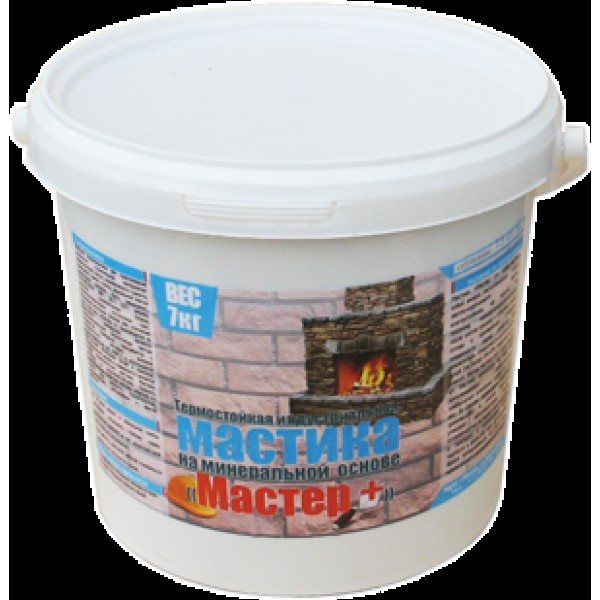
You should not choose simple dry mixtures for fastening and fixing finishing materials on a stove or fireplace. They are not effective or durable. This composition does not tolerate strong heat and sudden temperature changes. In addition, to create an optimal layer of two centimeters, the cost of such a composition can be higher than for the facing material itself.
Advice: when choosing a ready-made composition, pay attention to its characteristics. If mastic is necessary for masonry work, it must be distinguished by its heat resistance. For facing work, choose a solution with good plasticity.
Traditional recipe for oven clay clay
If you can’t buy expensive glue, you can try making it at home yourself. To do this, you will need to purchase clay, cement, sand and salt.
In order for the material to be of sufficient quality, you need to choose the right fat content of the clay.
You can find out without using special equipment. Here are some ways to roll and dry a lump of clay and check how much it has cracked.
- The more cracks, the higher the fat content of the clay.
- knead the material with your fingers, if you feel sand - the fat content is low
- Stir the clay in the water until the consistency of thick sour cream is obtained with a wooden spatula. Clay with high fat content will cover the shoulder blade with a layer of 0.3 cm, medium or normal - 0.2 cm, low - 0.1 cm.
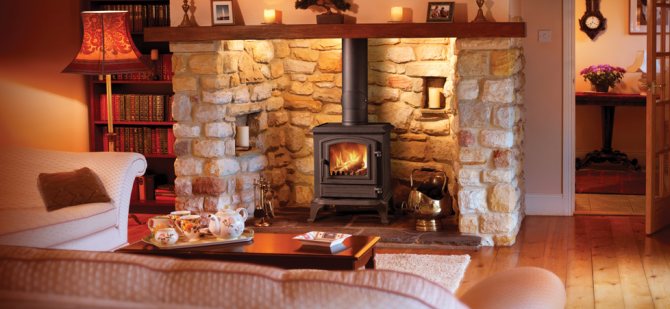
Clay with normal fat content is best. If this indicator is low, the material is placed in water for 10 hours.
The amount of water should be three times the amount of clay. After the specified time, the clay is taken out, leaving the bottom layer formed from sand and pebbles in the container.
No manipulation with fatty clay is required. To work with stove masonry, clay, cement and sand are taken. The solution will require 1 share of clay, 1 share of cement and 3 shares of sand.
Adding ordinary table salt to the mixture (1 cup of salt per bucket of mixture) will give the mixture water resistance and increase the plasticity of the seam, thereby protecting it from cracks when drying.
You need to mix the solution with a trowel; it is better to avoid using a construction mixer.
Heat-resistant glue Hercules GM-215, 25kg
- Maintains performance properties at high temperatures
- Withstands short-term heating up to +1200C.
Purpose The adhesive is intended for laying fireplaces and stoves, as well as for covering them with ceramic tiles.
For masonry, ordinary clay bricks without cracks, chips and defects due to overburning or underburning, grade 100 and higher, as well as all types of fireclay bricks (fireclay, etc.) are used. For cladding, low-porosity ceramic tiles or glazed tiles with high bending strength are used. Properties Dry glue is a cement-sand mixture with mineral and synthetic additives. Additives provide the adhesive with high final strength, heat resistance and elasticity, protecting the masonry mass from cracking and the cladding from peeling under cyclic thermomechanical loads that are created in stoves and fireplaces during operation. The glue allows for masonry and facing work at temperatures from -10C to +35C. The hardened glue has high adhesion and is frost-resistant. Withstands short-term heating up to +1200°C.
Application
- Preparing the base. When laying a stove or fireplace, the base under the bottom row of bricks and the bricks themselves must be abundantly moistened with water. Clay bricks are kept in water for 5-10 minutes before use, and fireproof bricks are kept in water for 5-10 seconds. When facing, the surface of the brickwork of a stove or fireplace must be cleaned of old plaster, limescale, dust, grease and oil stains. The seams of the old masonry are cleared to a depth of 8-10 mm. The cleaned masonry is generously moistened with water using a paint brush in several passes, additionally wetting the dried areas during work. Before use, tiles are immersed in water for 2-3 minutes, and low-porosity ceramic tiles for 5-10 seconds.
- Preparation of the solution. Pour the dry mixture into a container with a pre-measured amount of warm (20-40°C) water at the rate of 0.13-0.18 liters of water per 1 kg of mixture and mix thoroughly. Do not allow excess water consumption: with a high initial density, after 3-5 minutes stirring becomes easier and a homogeneous plastic solution is formed. Mixing is done manually or using a mechanized tool (for example, an electric drill with a special attachment). The solution is prepared in such a quantity that can be consumed in 1 hour of work. It is not allowed to reuse the thickened solution residue (with dilution with water).
- Application. The laying of stoves and fireplaces is carried out according to their order patterns using a trowel and jointing. The recommended thickness of the adhesive layer is 7-10 mm. The joints between the bricks are made with masonry mortar immediately during the laying process. Complete drying of a freshly laid oven at normal temperature and humidity occurs no earlier than 3 days. After this period, you can perform the first heating of the furnace, which lasts no more than 1 hour at a temperature from +200 oC to +300 oC, avoiding overheating of the furnace walls. During the first heating, the glue sets and the oven dries. In the future, the duration and number of warm-up cycles are not standardized. During operation of the stove, efflorescence may form along the masonry seams, which can be removed by wet wiping. Cladding of freshly laid stoves is not carried out immediately. The oven must be operated regularly for 3-4 weeks, undergoing comprehensive shrinkage, only after which it can be lined. When facing, first fill the cleared seams with a smooth trowel, leveling them along with other local potholes and cracks flush with the surface of the brick in the moistened masonry. Apply a layer of mortar under the first tile onto the marked area using a notched trowel from 8 x 8 to 12 x 12 mm. Place the wet tile on the prepared area and press it firmly into the adhesive. While holding the tile from moving, immediately cut off excess adhesive behind its edges with the side edge of the spatula. Next, the place is prepared in the same way and the adjacent and all subsequent tiles are glued in the same way. The laid tiles do not slip and do not require holding them in place for more than 2-3 seconds. It is necessary that the adhesive be applied to the masonry to cover the full area of the tile. Butt cladding is not permitted. It is necessary to create a gap for jointing between tiles with a width of 4-5 mm using temporary spacer inserts
- After application. Joints between tiles are made with the same glue no earlier than 48 hours after completion of the cladding. It is allowed to use water-based pigment pastes for tinting the glue used for jointing. The final color of the jointing takes 2-3 days of drying under normal conditions. After this period, the oven can be subjected to the first careful heating (to a temperature not exceeding 1000C on the lining surface for a short time, up to 1 hour), and the next day its regular operation can begin.
Specifications
| Color | Grey |
| Binder | Cement |
| Largest particle size, mm | 0,63 |
| Strength grade | M150 |
| Operating temperature, °C, not higher | 750 |
| Bulk density, kg/m3, no more | 1550 |
| Water requirement, l/kg dry. mixtures | 0,13 – 0,18 |
| Yield of the finished solution, l/kg of dry mixture | 0,55 |
| Average mixture consumption at a layer thickness of 1 mm, kg/m2 | 1,81 |
| Average consumption of dry mixture, kg: - when laying (for 50 bricks) - when facing (per 1 m2 with a layer thickness of 5 mm) | 25 9,1 |
| Permissible thickness of the working layer, mm, no more | 20 |
| Viability after mixing with water, h, not less | 1 |
The dry mixture contains cement and table salt, which irritate the mucous membrane. In case of contact with eyes, mouth or nose, rinse immediately with water. When working with dry glue, you should protect your respiratory system from dust using a respirator. Store in a dry place in closed original packaging, avoiding contact of the bag with moisture. Guaranteed shelf life is 12 months from the date of manufacture.
